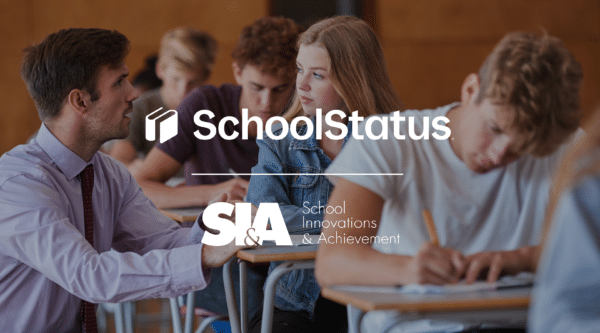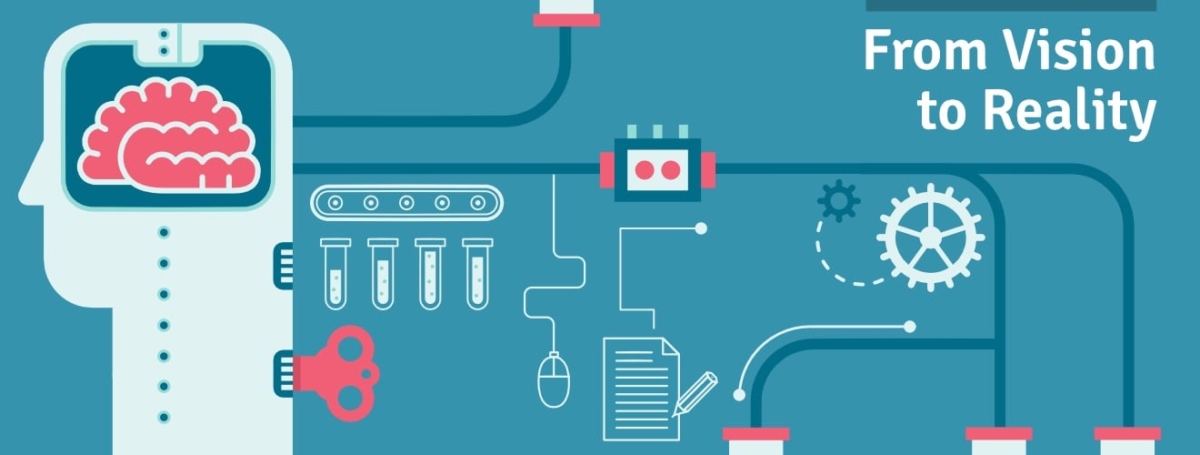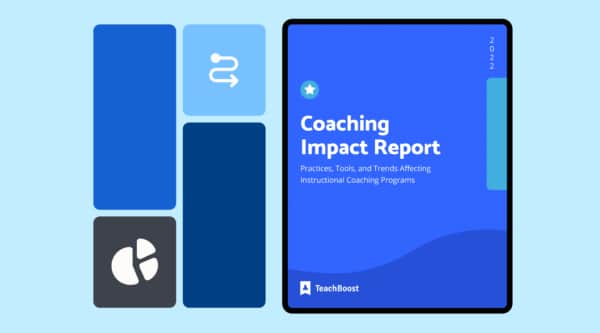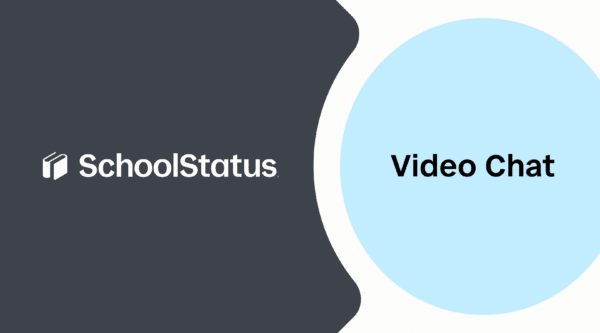

This post is part of TeachBoost’s series called “From Vision to Reality: Pulling the Right Levers for Transformational Instructional Leadership.” Check out all the posts in our series, then subscribe to our blog to have posts delivered to your inbox as we publish new pieces.
{{cta(‘417de94b-2f71-4123-a807-1f4438f581c5′,’justifycenter’)}}
The integration of technology into your instructional leadership program empowers you to leverage your data quickly and meaningfully. Every data point that your staff entrust to your system can be channelled into focused and insightful outputs. In turn, subjecting to an ongoing, high-level analysis by your leadership team.
Calibrating Leadership
Leveraging data throughout the year enables you to track growth across your district and detect patterns of instructional behavior. Kate Sugarman of Oakland Unified School District shares:
“The #1 benefit to tracking data is that the district can support those who need support. The #2 benefit is that it is easier to see trends; I can say to our leaders ‘x/y/z wasn’t realistic’, or ‘here are the widespread issues that we’re finding’
—this is about Principal calibration”.
The ability to home in promptly on areas requiring attention is invaluable, enabling the district to deliver on-the-ground assistance to leaders as issues arise.
Matt Neal, KIPP San Antonio’s Chief Talent Officer, also highlights this key factor:
“We are able to shine a light on region-wide trends, both positive and negative… If there are pockets of excellence within schools, we can easily examine what they’re doing differently, then create a plan for scaling those practices.”
Identifying both areas for growth and instances of success ensures a balanced approach and enables timely, coordinated intervention in all aspects of your program.
Planning Your Approach
Ultimately, technology facilitates the adoption of a fully data-driven approach to evaluation. For the districts that work with TeachBoost, the Leadership Teams are often the driving force drilling down into the aggregate data to identify any underlying needs across the district.
“The most helpful reports are the
Observation Target Insight, plus the School Performance table
—we also use a Next Steps Report at leadership team meetings”, says Gillian Quinn of KIPP Houston. “Such Insights have helped validate the Instructional Coaching Cycle”.
Above, the leadership team focuses on tracking the Next Steps given to teachers and the drive towards growth.
At KIPP San Antonio, the network leaders use Insight Reports including the Teacher Competency Matrix to hone their practice and help school leaders select their professional development goal for the year.
“We pull up TeachBoost and review the data together. I can meet everybody where they are because we have a common language with the rubric, and now a common tool” states Matt Neal, KIPP San Antonio.
Once an area for improvement has been identified, leadership teams can discuss a targeted instructional strategy to address the wider need. The analysis of information through technology therefore helps leaders transform data into meaningful questions to ask of the instructional program.
Informing Teacher-Leader Conversations
District leadership teams may also use data to give specific, structured support to leaders in implementing these instructional strategies in their schools. For example, Kate Sugarman explains:
“We develop Principals’ skills in offering feedback, helping them know how to use the data they’re collecting to move the needle on teacher practice. The success of a teacher evaluation system really comes down to the data available to the human components. You can do an observation, tag it, and rate the teacher, but
if you can’t identify the highest-value lever to pull, then you won’t help teachers improve.”
Thus, access to high-level aggregate data reports and the know-how to interpret them encourages open, ongoing discussions amongst all your staff about what successful pedagogy comprises.
KIPP San Antonio’s team also devotes considerable time to their coaches’ development, using the reporting facilities of their app.
The data within helps them “to improve observation practices, focusing specifically on observation frequency and the quality of feedback”, shares Neal.
The data-driven approach empowers both teachers and leaders to make informed changes to their practice, where the results may be measured in both student progress and stakeholder satisfaction.
Follow-up Activity!
Take 20 minutes to rethink one of your current observation templates on paper or on screen, to questioning: what works, what could be changed, and how you can make the best use of technology to streamline your processes.
Below are a few questions to get you started:
- How much time do you and your school leaders have to devote to each observation, and how can this template be simplified?
- Which specific questions do you need answering when your observers visit their teachers? i.e. Is this a general chronological observation or should it be prompting observers to focus on particular areas of instruction?
- What high-level data would be most useful for you when tracking school- or district-wide trends in instructional leadership? How can you ensure the collection of this data during observations?
Stay Connected
News, articles, and tips for meeting your district's goals - delivered to your inbox.









